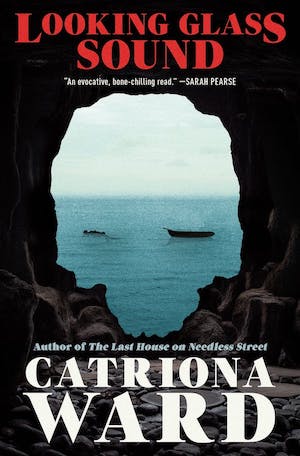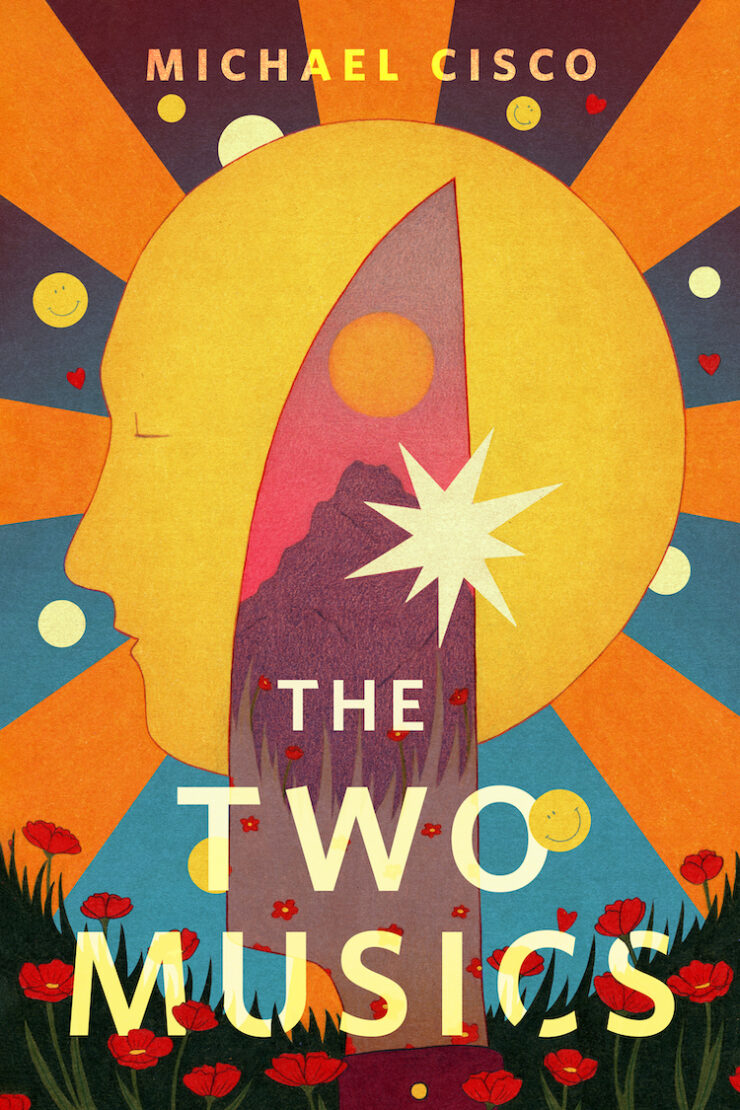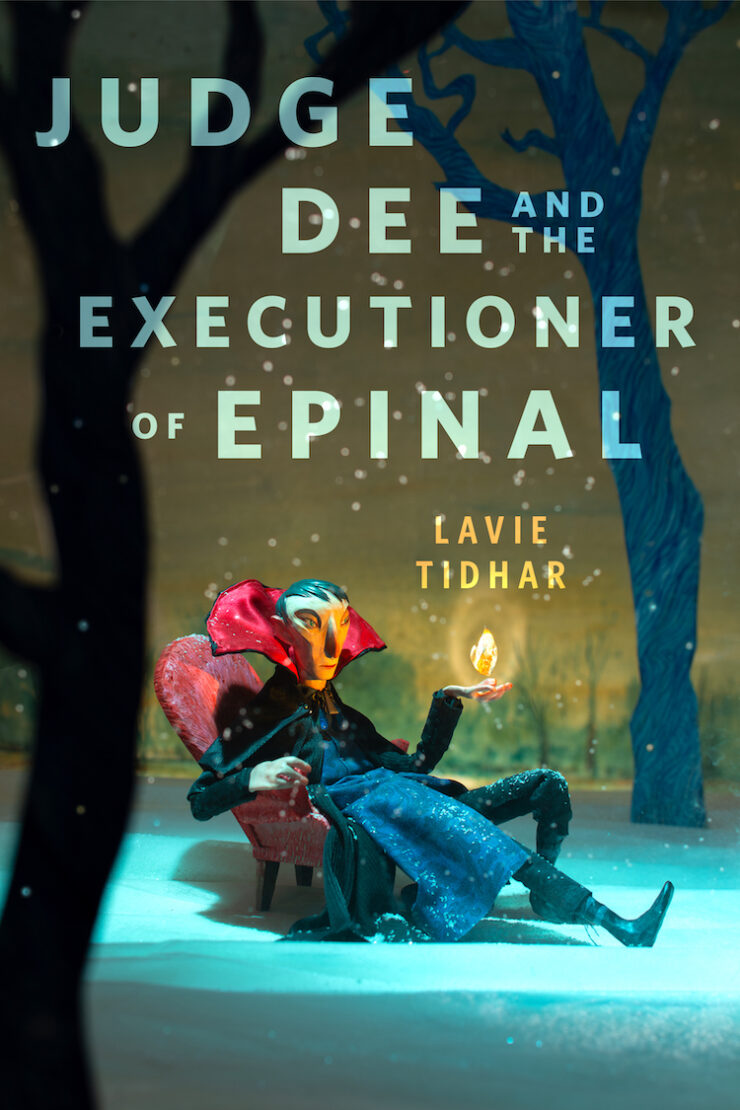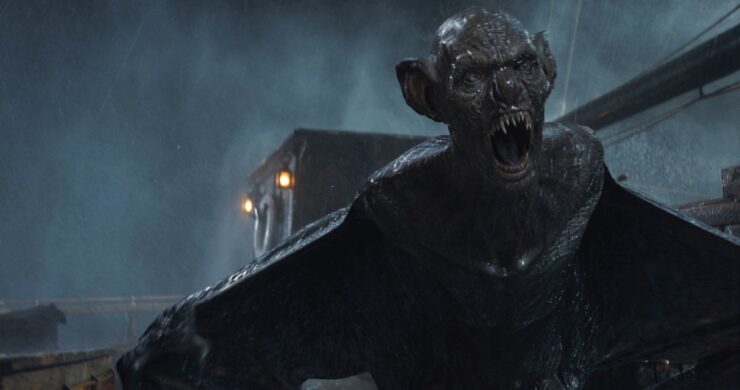Dracula, the titular vampire from Bram Stoker’s 1897 novel, ranks among the most prolific fictional characters in all of film. He has well over five hundred appearances to his name across an astounding variety of genres on both the big and small screens, and that’s only counting portrayals of the Count himself. If we want to start looking at characters clearly inspired by Dracula (Nosferatu’s Count Orlok, Interview with the Vampire’s Armand, The Fearless Vampire Killers’ Count von Krolock, Sesame Street’s Count von Count, Count Chocula, etc.) then the list grows exponentially. But for all of his popularity as a character, the novel that introduced him to the world remains much more sparingly adapted. Perhaps that’s for good reason, as the book is long, intricate, and features relatively little of the infamous Count. Even the closest adaptations, like 1977’s Count Dracula and 1992’s Bram Stoker’s Dracula, do a fair bit of rearranging, condensing, and refocusing the narrative around the titular vampire. Still, the fact that Dracula the character so far outstrips Dracula the novel means that there is still much that can be done with the source material.
Enter The Last Voyage of the Demeter, a newly released adaptation that is still in theaters, despite getting savaged (this viewer would say somewhat unfairly) by reviewers. Directed by André Øvredal of Trollhunter and The Autopsy of Jane Doe fame, it serves as both an expansion on a tiny excerpt of the novel as well as a microcosm for Stoker’s original as a whole. It’s a perfectly serviceable B-movie, somewhat elevated by performances that are better than the genre typically gets, but central to my enjoyment is the fact that the film truly seems to love its source material and works to engage with its more troubling aspects in a way that is rare for any Dracula adaptation.
[Spoilers Follow]
Stoker’s 1897 book is an epistolary novel—meaning that all of its text is made up of characters’ letters, diary entries, and newspaper clippings assembled and presented without any first- or third-person narration. The seventh chapter of the book is a tightly plotted locked-room mystery, barely ten pages long, and comprised of a newspaper article about a shipwreck off the coast of Whitby, England, and the captain’s log for the Demeter, the self-same ship unknowingly bringing Count Dracula from Varna to Great Britain. In fact, the Captain’s logbook is only about half the length of Chapter VII, meaning that the events portrayed in The Last Voyage of the Demeter take up less than five pages of Stoker’s 300-odd page novel.
Nevertheless, the episode is an evocative and iconic one: the mystery of a doomed ship, run aground off-course, its crew missing save the body of the Captain, which is bound to the ship’s wheel; the logbook detailing, in terse, unromantic entries, the growing paranoia of the crew as mates begin to disappear. The sequence has been featured in a number of Dracula films, albeit briefly, and was the subject of the second episode of Stephen Moffat’s mostly risible Dracula miniseries, as well as José Luis Zárate’s 1998 novel, recently translated into English as The Route of Ice and Salt.
The Last Voyage of the Demeter takes all the brief facts of Stoker’s interlude—the Demeter is carrying Count Dracula and a number of boxes of Carpathian earth, there are Russian sailors named Petrofsky and Olgaren, the first mate is Romanian, everyone dies—and fleshes it out into a movie that looks at some of the novel’s underlying themes, updating them in a surprisingly thoughtful way. Chief among its expansion on the original are its two protagonists–Clemens (played by The Tragedy of Macbeth and Straight Outta Compton’s Corey Hawkins) a Black British physician struggling to find work in racist, 19th-century Europe, and Anna (The Fall and Game of Throne’s Aisling Franciosi), one of Dracula’s victims, being used as a living source of food during the crossing. With these two original characters helming the narrative alongside the ship’s Captain (Game of Throne’s Liam Cunningham) and First Mate (David Dastmalchian, perhaps the ur-form of the-character-actor-you’ve-seen-in-everything-but-never-fully-recognized), the movie plays out as, to paraphrase The A.V. Club’s Matthew Jackson, Alien on a boat. Yet the minutiae of the film is much more thoughtful than that logline implies. We’ll get into it below.
Race, Otherness, and Science
Stoker’s novel is obsessed with ideas of otherness, particularly as it relates to nineteenth-century conceptions of race. The Count employs a fictional Romani group called the Szagany who are described in unnervingly racist language that goes above and beyond the liberal use of the common anti-Roma slur. Dracula himself is described as having a hooked nose, pointed ears, and grotesquely full lips–a mishmash of racist caricatures of Jewish and Turkic peoples from the time. Furthermore, as highlighted by scholars like Stephen Arata in his 1990 essay, “The Occidental Tourist: Dracula and the Anxiety of Reverse Colonization,” Transylvania itself is characterized as being past the borders of civilized society, existing beyond the boundaries of Christendom. Jonathan Harker, in the diary entry that forms the first paragraph of the novel, says of Dracula’s realm that he had the impression of “leaving the West and entering the East.” Later, van Helsing implies that vampires are a plague that comes from a failure to police one’s borders during the act of Empire-building: “he have follow the wake of the berserker Icelander, the devil-begotten Hun, the Slav, the Saxon, the Magyar.” All of this is to say that Dracula is a novel about the dangers of the Other, particularly, the racialized Other, and largely depicts vampirism as a threat to Empire and whiteness.
In placing a Black doctor at the center of its Dracula story, Last Voyage of the Demeter sets itself up for a dialog with the original that challenges the novel’s seething racism and paranoia about control of England being ceded to a non-white foreigner. Dr. Clemens’ skin color isn’t brought up until about halfway through the film when Petrofsky (here depicted as a mouthpiece for racist blowhards) suggests that Clemens is responsible for the misfortune aboard the ship. Later, when attempting to win over Wojchek, the ship’s mate, the doctor reveals that he was stranded in Romania when he’d accepted a position as Royal Physician to the King—who then fired him outright upon seeing him. Clemens intimates that his dedication to tangible science (he spends much of the film denying the idea that the threat on the Demeter is a supernatural one) is an attempt to make sense of a world that operates irrationally, putting up invisible barriers to his personal success and denying him the comfortable life that his training and medical prowess should afford him.
Compare that sentiment to the one expressed in the Moffat version of Dracula which, in its own Demeter episode, gives us Adisa (Nathan Stewart-Jarrett)—a young Black man forced to masquerade as the manservant of his secret lover, a white English gentleman. All that Moffat can think to do with Adisa is have him bristle with rage at his station only to have him succumb to Dracula’s racial goading—the Count convinces him to leave a protective circle as a way of defying the wishes of the white people that constructed it. It’s a pointless, uncomfortable reinforcement of the “angry Black man” trope that Moffat serves up with the mistaken self-satisfaction that he’s done something progressive and transgressive. The Last Voyage of the Demeter knows better than to play into modern racist stereotypes by making Clemens into a fool who serves only to demonstrate Dracula’s intellect. In the movie, the almost entirely silent Dracula doesn’t outwit Clemens by being smarter; instead, he is simply an invisible, violent, inexorable monolith, silently and steadily overwhelming the doctor’s plans. Intentional or not (and it does feel intentional), Last Voyage of the Demeter pushes back against the racist anxieties of Stoker’s novel, implying that vampirism is a much better metaphor for white supremacy than for reverse colonization.
It is through Clemens’ need for a world that makes scientific sense that The Last Voyage of the Demeter develops its other surprisingly thoughtful interaction with Bram Stoker’s original novel. Stoker’s text is one that emphasizes the moral righteousness of its heroes as a result of their adherence to scientific principles. The bulk of the novel’s pages come from phonographic recordings of Dr. Jack Seward, a medical man whose speciality is never fully described but who has training in both hematology and the sort of proto-psychology that Victorians would have called alienism. He serves as the novel’s skeptical voice of reason, hoping to find a rational explanation for the evidence of vampiric activity. But for all that, Stoker himself had a somewhat inconsistent understanding of the medicine and science of time. He has Seward perform a blood transfusion for Lucy, Seward’s unrequited love, decades before it was a medically viable procedure, in a way that reads as either laughable or disturbing to a modern audience (The Last Voyage of the Demeter cheekily references this, having Clemens perform an equally absurd blood transfusion). And more than Seward being a vessel for his author’s imperfect medical knowledge, the middle third of the novel is concerned with his slow acquiescence to the deeply unscientific will of his mentor, van Helsing.
Buy the Book


Looking Glass Sound
Abraham van Helsing is presented in the novel as a quirky genius whose idiosyncratic way of speaking (probably meant to simulate Stoker’s idea of a comedic Dutch accent) accounts for a lot of the novel’s comic relief. It is van Helsing that suggests the possibility of a supernatural explanation for Dracula and wins Seward over to his side by appealing to the notion that there is so much that scientists can’t account for in the natural order. He mentions since-debunked Victorian mysteries like mesmerism and the healing powers of magnetism as well as the idea that parrots are immortal unless they are bitten by dogs or succumb to disease. (I’ll be honest—I cannot find any evidence that the average Victorian believed any such thing and I have to assume that this is either a joke on Stoker’s part or proof that the man needed an editor who took a sterner hand in keeping him from later embarrassment.) Van Helsing, though presented as a man of science, ends up arguing for unscientific explanations that turn out to be correct. Stoker’s novel doesn’t seem to find a contradiction in this.
But The Last Voyage of the Demeter does seem to be engaged with this particular shortcoming of the original text, and finds a way to correct it at the end. The final showdown between Clemens and Dracula has the doctor shouting into the mist that the vampire isn’t the supernatural being that he would like others to believe him to be. Clemens gives a number of observations about the vampire’s behavior, ending on the idea that, above all things, Dracula’s need to drink blood means that he is a living, breathing organism, no different than any other predator. The speech serves a double purpose; it answers the occult mysticism that van Helsing argues for throughout the original novel with something approximating the scientific method, and it furthers the movie’s own anti-racist politics. Clemens final scientific pronouncement is that this ghoulish manifestation of white supremacy is, in fact, ordinary, limited, and unworthy of reverence.
Not bad for a middlingly scary thriller.
Ultimately, The Last Voyage of the Demeter is the sort of movie that won’t change the landscape of vampire films going forward. It isn’t a What We Do in the Shadows or a Let the Right One In. It’s not aiming to be transcendent and, as much as I heartily enjoyed it, I did so having gone in with some pretty muted expectations (and full disclosure: the folks I saw it with mostly thought it was average, save my most curmudgeonly friend, who hated it with a fuming rage). But what sets it apart from some of the more mindless fare out there is a deep-seated love for its source material and a willingness to comment on the original text in smart and incisive ways. Dracula is a deeply flawed novel written by a deeply flawed man, but it’s one of my favorites because it is an endless font of social commentary and fascinating snapshot of the anxieties of its time. Films like this (and last year’s similarly thoughtful The Invitation) prove that there is still meaningful material to mine from the novel a hundred and twenty years on. Hopefully, this won’t be the last time we get a movie willing to take on the contradictions and complexities of Dracula the novel and not just Dracula the character.
Tyler Dean is a professor of Victorian Gothic Literature. He holds a doctorate from the University of California Irvine and teaches at a handful of Southern California colleges. He is the author of “Distended Youth: Arrested Development in the Victorian Novel” and his article “Exhuming M. Paul: Carmen Maria Machado and Creating Space for Pedagogical Discomfort” appears in the Winter 2022 issue of Victorian Studies. He is one half of the Lincoln & Welles podcast available on iTunes or through your favorite podcatcher. His fantastical bestiary can be found on Facebook at @presumptivebestiary.










